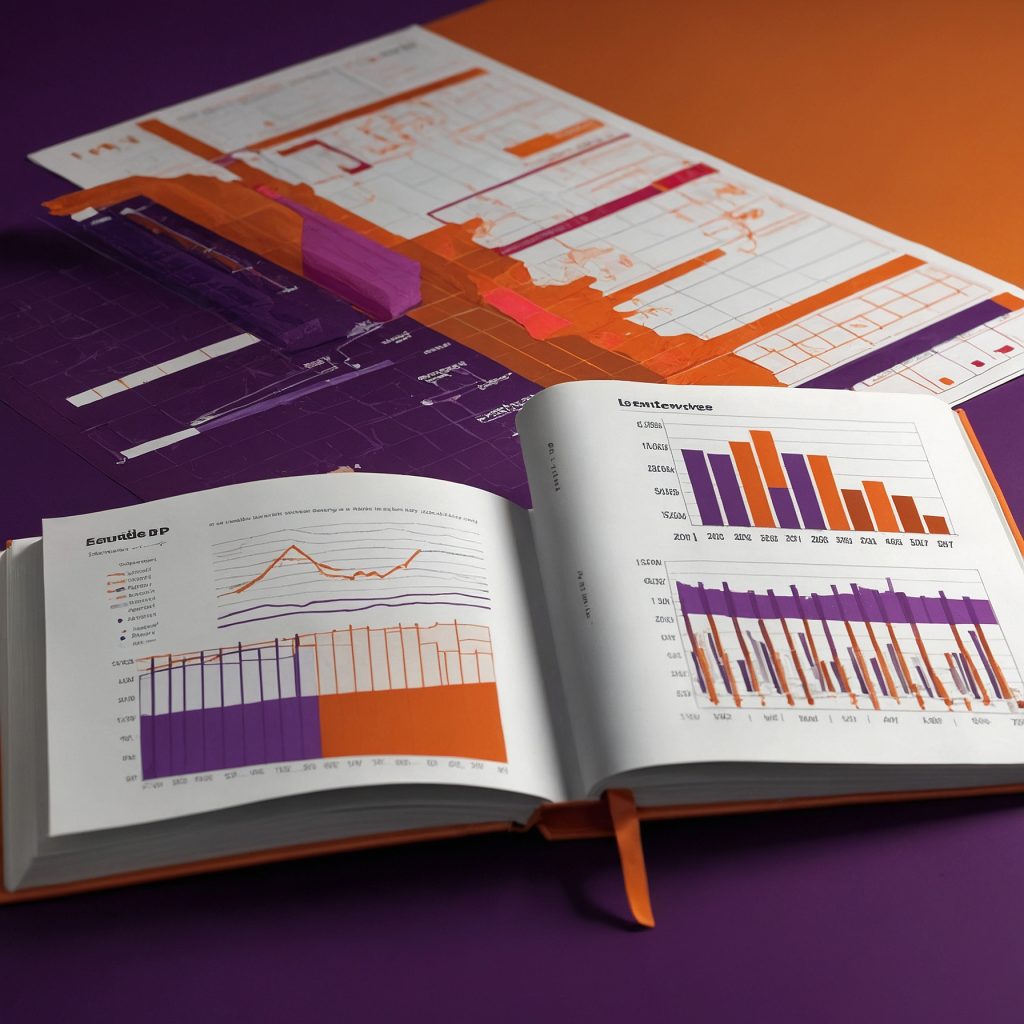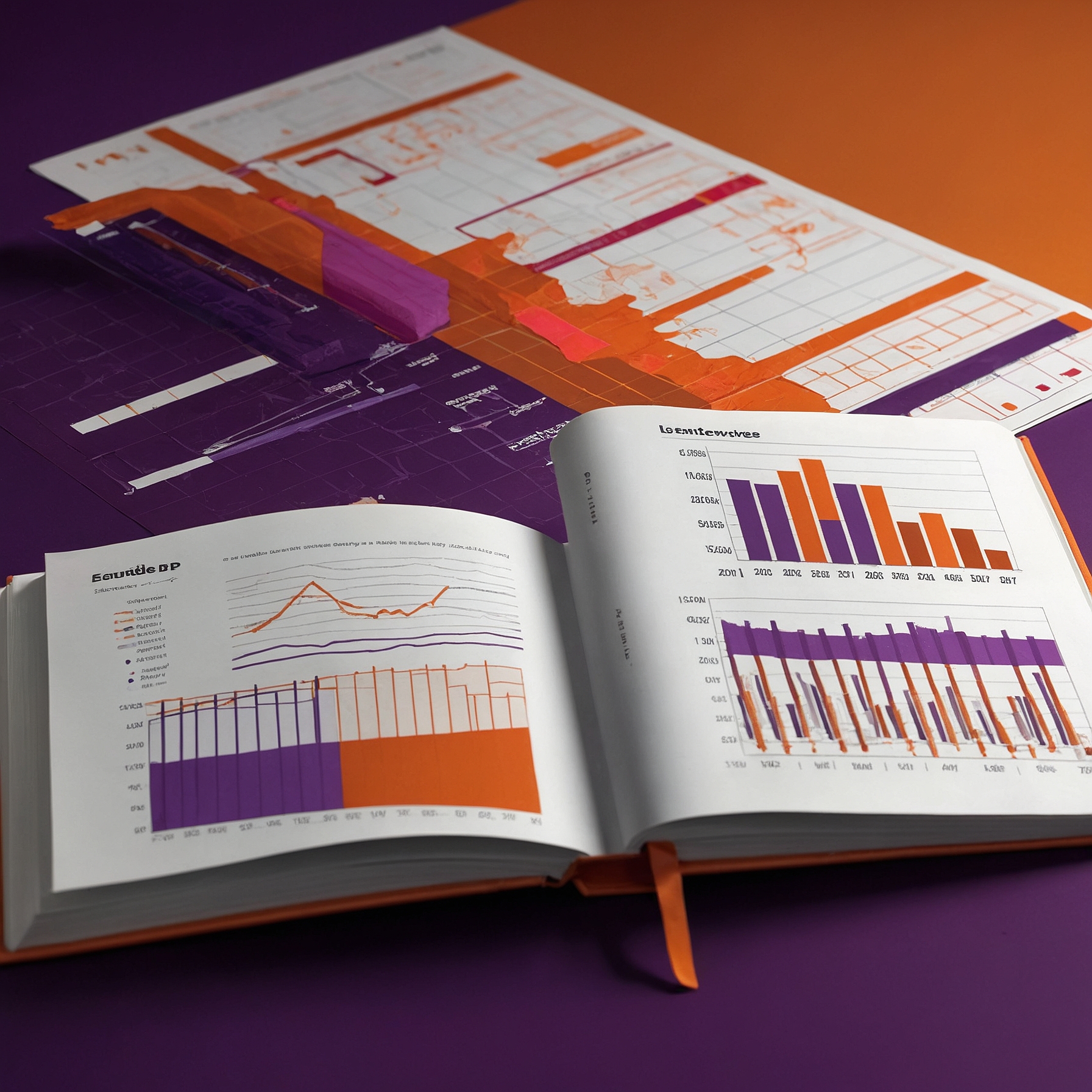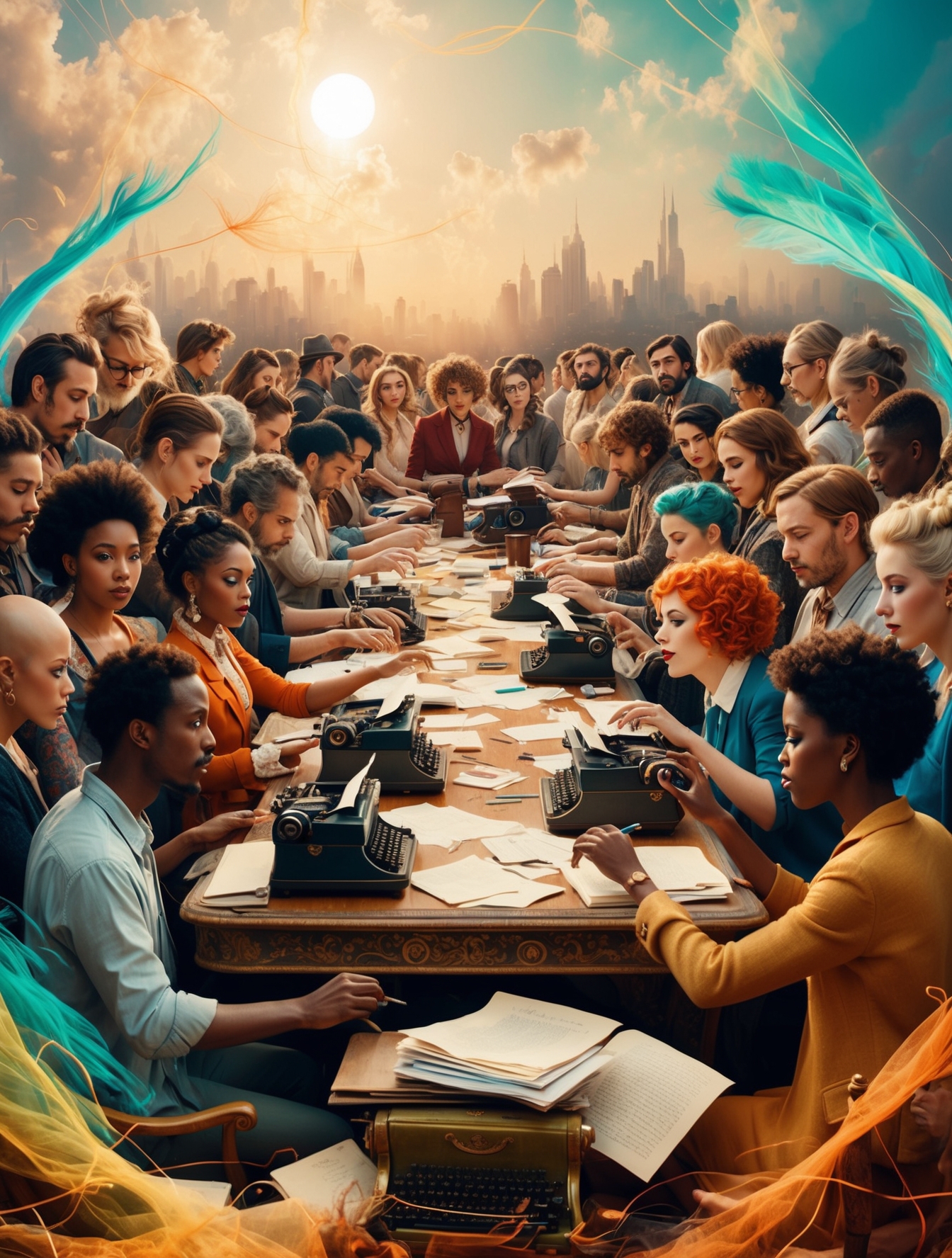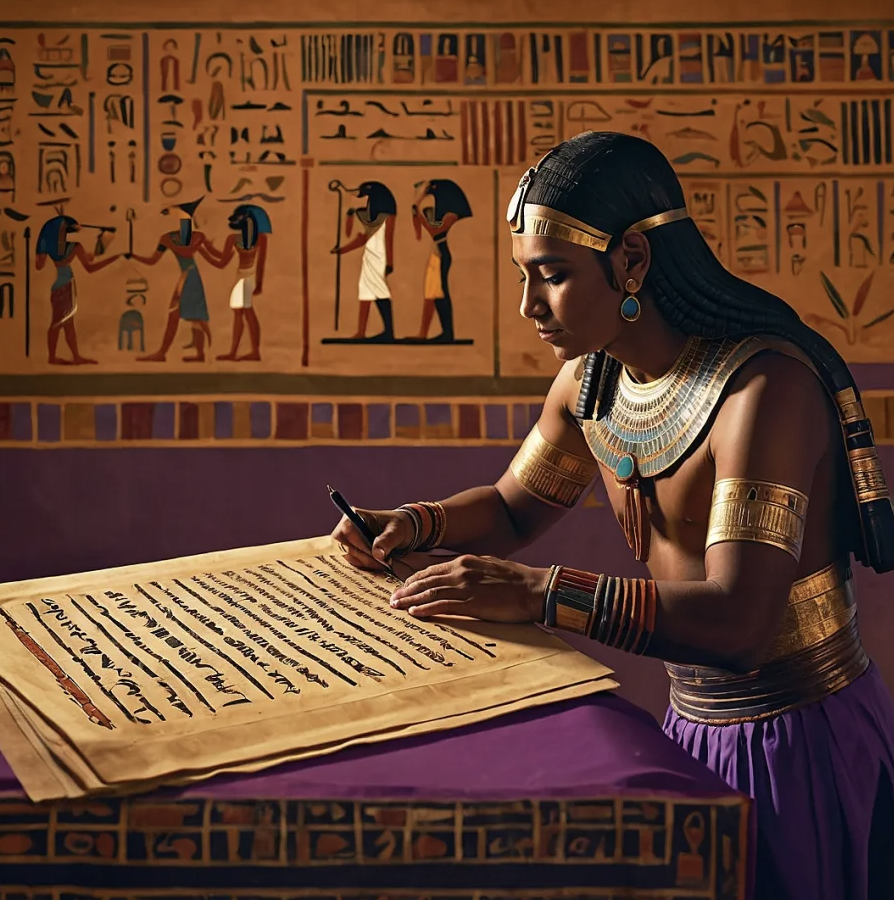
While most people are familiar with traditional eBooks, NFT books take digital ownership to a new level, offering unique, verifiable assets that combine literature with multimedia experiences. But we know that money talks. We need to be realistic here, and analyze if NFT books are just a passing trend of the Web3 world, or if they represent a valuable investment for the future.
Let’s explore the fascinating potential of NFT books and why they might be worth considering as an investment vehicle.
What Are NFT Books?
Many people are confused when they first hear about NFTs. Knowing the full name—non-fungible token—doesn’t always help. However, understanding what “fungible” means makes it clearer. Fungible items are interchangeable, like a dollar bill or a gold bar. Non-fungible items, on the other hand, are unique and cannot be replaced by something similar.
Homes, secondhand cars, and CryptoPunks are examples of non-fungible items. So, a non-fungible token is essentially a one-of-a-kind digital item, a blockchain-based placeholder for something like artwork or a personal photo.
NFT Books: A New Frontier
Most of today’s popular NFTs are portraits or some form of art, but some projects are pushing the boundaries. NFT books are an exciting new application of this technology. Just like other NFTs, NFT books are unique digital assets stored on the blockchain. However, they offer more than just digital ownership; they can bundle various types of media to create a richer reading experience.
Imagine owning a digital book that not only includes the text but also comes with exclusive illustrations, soundtracks, or even interactive elements. This kind of integration is difficult to achieve with traditional eBooks, which are often limited to plain text formats or cumbersome files.
Benefits of NFT Books
NFT books offer several advantages over traditional eBooks:
- Unique Ownership and Scarcity: Unlike eBooks, which can be endlessly replicated, NFT books are limited and verifiable through blockchain technology. Owners can know exactly which edition they possess, adding a layer of authenticity and exclusivity.
- Secondary Market Opportunities: Because of their uniqueness, NFT books can be resold on secondary markets. This opens up new revenue streams for both authors and readers, something that isn’t possible with traditional eBooks.
- Enhanced Reader Experience: By bundling multimedia elements, NFT books can provide a more immersive and engaging experience. Readers can enjoy a richer narrative with added illustrations, sound effects, or even interactive components.
The True Potential of NFT Book Bundling
Every article on the benefits of book NFTs mentions how they can be bundled with other artistic media to create a sensory-rich storytelling experience. Every. Single. One.
But to what level, can an author expect to elevate their storytelling? I decided to take this idea to the extreme, and analyze it by combining a story with ten different artists who could, in a hypothetical scenario, collaborate with a writer.
Imagine a science fiction novel where the author collaborates with a diverse team of ten different artists to bring the story to life:
- Animators: Skilled animators create dynamic scenes of futuristic cities, with flying cars and towering skyscrapers, seamlessly integrated into the eBook. As readers progress through the chapters, these animations play out, offering a visual feast that complements the text.
- Sound Designers: Talented sound designers develop immersive soundscapes of alien worlds. Readers can listen to the hum of futuristic machinery or the serene sounds of extraterrestrial nature as they read, enhancing the atmosphere of the story.
- Musicians: Composers craft thematic soundtracks that play during key scenes, elevating the emotional impact of the narrative. For instance, an epic battle scene might be accompanied by a thrilling orchestral score, while a quiet, introspective moment is underscored by a gentle piano melody.
- Illustrators: Illustrators contribute detailed artwork of characters, settings, and pivotal moments. These illustrations are embedded within the text, giving readers a visual reference that deepens their connection to the story.
- Voice Actors: Professional voice actors record narrated passages or dialogue, adding a layer of auditory engagement. Readers can choose to listen to these narrations, making the experience more accessible and dynamic.
- Graphic Designers: Graphic designers create interactive puzzles and games that readers must solve to unlock new chapters or hidden content. These puzzles are woven into the narrative, making the reading experience interactive and engaging.
- Photographers: Photographers capture real-world locations and objects that inspire the book’s settings, blending reality with fiction. These photos are used as references within the book, providing a tangible connection to the real world.
- 3D Modelers: 3D modelers build interactive models of spaceships, buildings, or other significant objects in the story. Readers can explore these models in a virtual space, adding a tactile dimension to their reading experience.
- Cultural Consultants: Cultural consultants ensure that the depictions of alien cultures and societies are rich and respectful, adding depth and authenticity to the story’s world-building.
- Interactive Developers: Interactive developers create mini-games or simulations based on the book’s plot. For example, readers might pilot a virtual spacecraft in a mission related to the story, blending gaming with reading.
Obviously, only a large-scale project would beget the collaboration of these ten artists and a writer simultaneously. But most smaller literary projects will have at least one or two of them.
This level of multimedia bundling with NFT books caters to diverse learning styles and preferences. Visual learners benefit from the rich illustrations and video content, while auditory learners enjoy the narrated passages and soundtracks. Interactive elements engage kinesthetic learners who thrive on hands-on experiences.
Such inclusivity makes NFT books a versatile tool for both education and entertainment. In educational contexts, students can interact with historical events, scientific concepts, or literary themes in an immersive and engaging manner. For casual readers, the enhanced experience makes stories more memorable and impactful.
In essence, NFT books are not just about reading words on a screen; they are about experiencing a story through multiple senses. This innovation in storytelling paves the way for a new era in digital literature, where books are living, breathing entities that evolve with each reader’s interaction.
What Should I Know About Investing In NFTs?
Like any new technology, there’s a degree of risk in the investment involved. The market for NFTs is still developing, and there will likely be fluctuations in interest, value, and utility.
These are some factors you should take into account:
- Digital Ownership and Security: NFTs provide a secure, blockchain-based proof of ownership. This makes it nearly impossible to forge or replicate an NFT book, ensuring that the value of the original remains intact.
- Growing Popularity and Adoption: Various industries, including art, music, and gaming, are increasingly adopting NFTs. As more people become familiar with this technology, the demand for unique digital assets like NFT books is likely to grow.
- Potential for High Returns: Some NFTs have seen significant increases in value. Early adopters who manage to acquire sought-after NFT books could see substantial returns on their investments.
NFT books represent an exciting and innovative use of blockchain technology. They offer unique benefits, such as verifiable ownership, scarcity, and the potential for enhanced reading experiences.
The Bottom Line
As the industry evolves, there will be many opportunities to get involved. Rather than jumping straight into purchasing NFT books, it might be wise to engage with businesses and platforms already using this technology. This approach allows for a more informed and strategic entry into the world of NFT books, paving the way for potential gains while mitigating some of the risks.
None of the above is financial advice. It is always important to do your own research.




